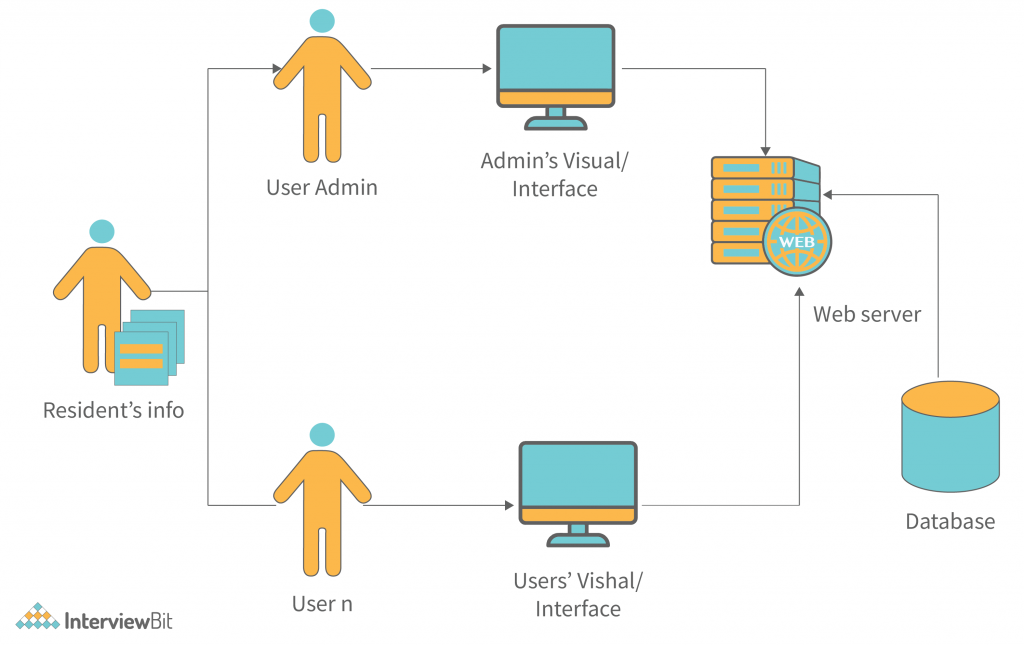Postmortem: Web Stack Outage
Issue Summary: Duration: June 1, 2023, 08:00 AM - June 1, 2023, 11:30 AM (UTC) Impact: The web application was down, resulting in service unavailability for all users. Users experienced error messages and were unable to access any features or content during the outage.

Timeline:
08:00 AM: The issue was detected when the monitoring system triggered an alert for a high number of server errors.
08:05 AM: The engineering team was notified about the issue through the on-call alert system.
08:10 AM: Initial investigations began to identify the root cause of the outage.
09:00 AM: The team discovered that the issue was not related to the database or server infrastructure.
09:30 AM: Debugging efforts were focused on the application code and external API integrations.
10:30 AM: Several potential causes were identified and investigated, including recent code deployments and third-party service disruptions.
11:00 AM: The incident was escalated to the senior engineering team for further assistance.
11:30 AM: The issue was resolved by reverting a recent code change related to a misconfigured API integration.
Root Cause and Resolution: The root cause of the outage was traced back to a recent code change that introduced a misconfiguration in one of the API integrations. This misconfiguration caused an error loop in the application code, leading to a cascading failure and the inability to serve requests.
To resolve the issue, the engineering team quickly identified the problematic code change and decided to revert it to its previous version. By rolling back the code, the misconfiguration was eliminated, allowing the application to recover and function normally.
Corrective and Preventative Measures:
Improve Code Review Process: Strengthen the code review process to ensure thorough scrutiny of code changes, especially those related to critical integrations, to prevent misconfigurations and errors from being deployed to the production environment.
Enhance Testing and Quality Assurance: Implement comprehensive testing procedures, including integration testing and robust QA checks, to detect potential issues before they reach the live system. This includes performing thorough tests on API integrations to verify their functionality and configurations.
Monitoring and Alerting: Enhance the monitoring system to provide more granular and actionable alerts. This includes implementing checks for specific API integration health, error rates, and response times to quickly identify and address any potential issues.
Incident Response Documentation: Document the incident and its resolution in a centralized incident response knowledge base. This will serve as a reference for future incidents, enabling faster troubleshooting and resolution.
Tasks to Address the Issue:
Conduct a comprehensive review of all API integrations and configurations to ensure their correctness and compatibility with the application.
Strengthen the testing infrastructure by expanding the automated test suite, including targeted tests for API integrations.
Enhance the monitoring system to include specific checks for API integration health and response times.
Schedule regular incident response training and drills to improve the team's readiness in handling critical incidents.
By implementing these corrective and preventative measures, we aim to minimize the occurrence of similar incidents and improve the overall resilience and stability of the web application.
In conclusion, the web stack outage was caused by a misconfiguration in an API integration. Swift identification and reversion of the problematic code change led to the resolution of the issue. Moving forward, the recommended measures will be implemented to prevent such incidents and ensure the system's robustness and reliability.
